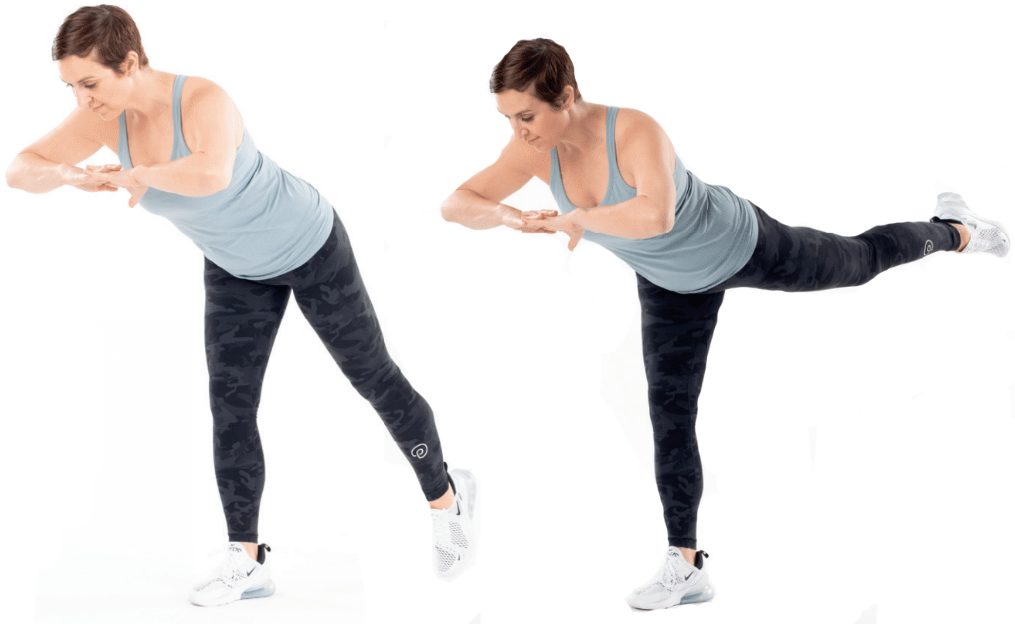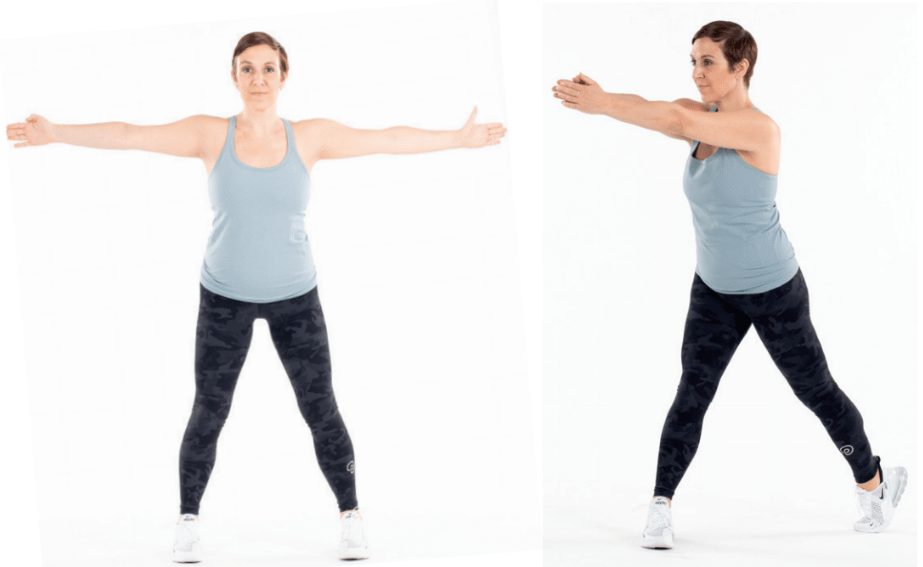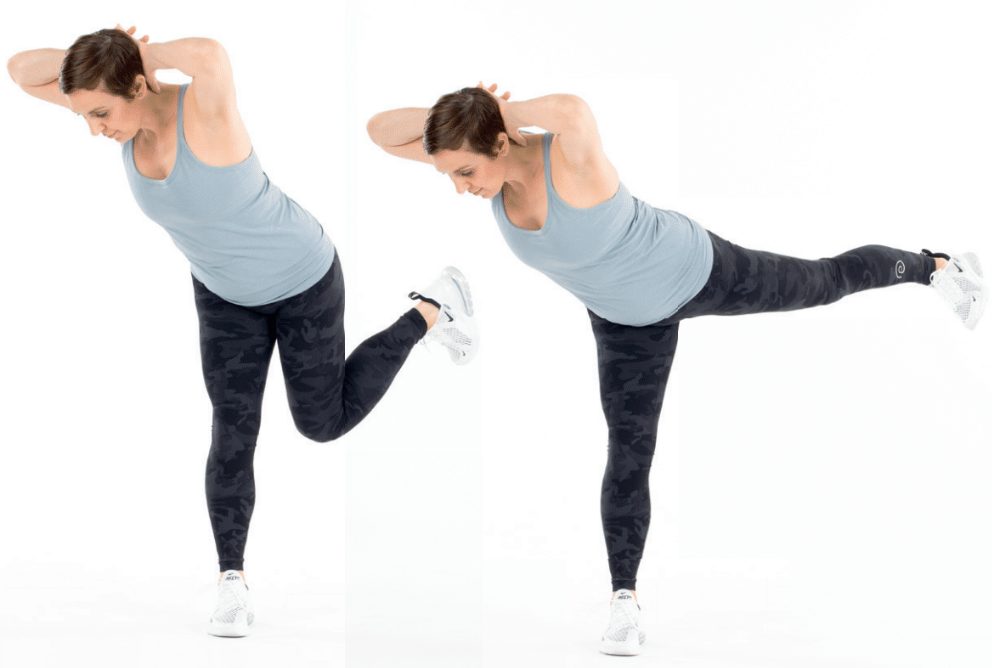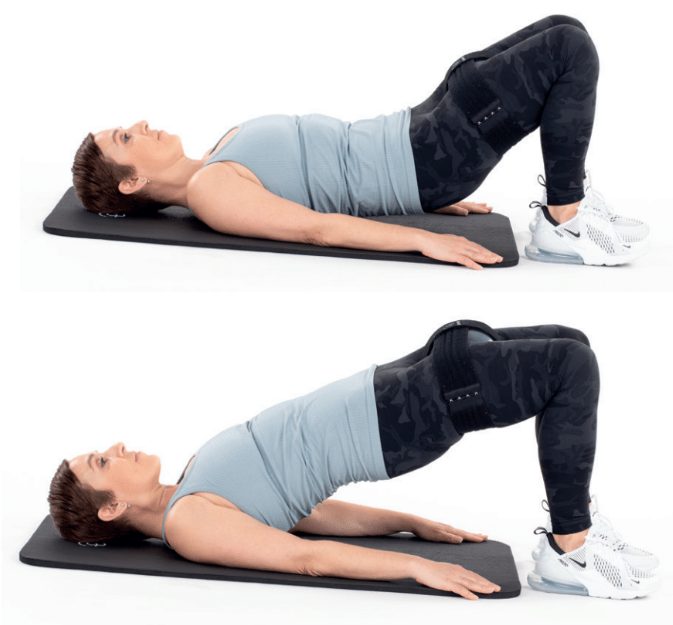Struggling with a weakened pelvic floor? You’re not alone. We chat with intimate health expert, Dr Shirin Lakhani, and the pelvic floor specialists at P.volve, to bring you expert information on the pelvic floor muscles – including what they do, how they are weakened, and what you can do to strengthen them…
What are the pelvic floor muscles?
Cosmetic doctor and intimate health expert, Dr Shirin Lakhani of Elite Aesthetics explains:
‘The pelvic floor muscles lie across the base of your pelvis, to help keep the pelvic organs – bladder, uterus and bowel, in the correct position. The onset of menopause can cause your pelvic floor muscles to weaken. These muscles support the pelvic organs which means that a weakening of them can result in pelvic floor problems such as prolapse and incontinence. Reduced pelvic floor muscle function around the time of menopause can also be due to weight gain which is common and often due to hormonal changes.
Heavy lifting can put pressure on your pelvic floor, especially if repeated and done incorrectly. Constipation and straining puts pressure on it and can cause it to weaken, as can being overweight. High impact exercise can also put pressure on the pelvic floor. Also being overweight can have an impact on your pelvic floor.’
How do I know if I have a weak pelvic floor?
Dr Shirin Lakhani explains: ‘Experiencing pain or difficulty when using your bowels can be down to weakened pelvic floor muscles. It can result in straining which in turn weakens the pelvic floor muscles more so it’s a vicious cycle.
‘A vaginal prolapse can also be a sign of a weakened pelvic floor, uncontrollably breaking wind from the anus or vagina when bending over or lifting, constipation, lower back pain, discomfort during sexual intercourse for women, muscle spasms in the pelvis, and pressure in the pelvic region or rectum.’
How can I strengthen my pelvic floor?
Dr Shirin Lakhani explains that there are a number of things that can be done to improve the health of your pelvic floor. This includes:
Doing Kegel exercises
‘This involves laying or sitting in a comfortable position and then breathing in and then on the out breath contract your pelvic floor muscles for 3-6 seconds whilst breathing out. When you breathe in again release the contraction. Then relax all the muscles completely and repeat. Do this about ten times per session. Do two to three sessions of Kegel exercises a day to get the best results. As little as five minutes of pelvic floor exercise a day can significantly reduce incontinence or even make it go away and it’s never too late to get started, no matter what your age.’
Changing your diet
‘Diet can affect the health of your pelvic floor. Not eating enough fruit and vegetables or drinking enough water can result in constipation that can negatively impact the pelvic floor. Similarly too much caffeine and alcohol can also have a negative effect. I would advise eating a balanced diet with plenty of fruit, vegetables and fibre in order to maintain a healthy digestive system and bowel, thus reducing the strain on the pelvic floor.’
Non-surgical treatments
There are a number of non-surgical treatments that are available privately to treat incontinence and improve the pelvic floor including:
- The Emsella Chair: this promises the equivalent of 11,400 kegel exercises per 30 minute treatment. During the procedure, patients sit on the chair fully clothed. The electromagnetic fields stimulate the movement nerves in the pelvic floor, causing the muscles to contract and release hundreds of times a minute. Patients experience 11,400 contractions in a 28-minute session. The treatment also targets the entire pelvic floor by bypassing the neurones in the brain and so enables the patient to use 100% of the muscle rather than the 40 per cent which can be activated by consciously tensing.
- The Ultra Femme 360: this is a radio frequency device that emits energy. It’s a fast and effective treatment for vaginal laxity, tissue quality, and incontinence. By stimulating collagen growth and blood vessels and nerve regeneration we can effectively treat the symptoms that are often causing us to have less libido than we should have.’
Pelvic floor targeting exercises
Alongside the well-known Kegel exercises, there are plenty of other simple exercises which can help to strengthen pelvic floor muscles. Try these easy, at-home exercises from pelvic floor specialists, P.volve.
8 exercises to strengthen pelvic floor muscles
1. Leg lifts at 6

Lean your upper body forward on a diagonal, with a long spine, abs held in tight and hands in prayer. Extend one leg straight back behind you and lift and lower the leg, lengthening and stretching behind your knee. Lift as high as you can without compromising your lower back. If your back starts to arch, you have gone too far so always prioritise length over height. Feel free to hold onto something to work up stability if needed! By standing on one leg, you are building bone density in the standing leg, overall stability and strengthening the glutes
2. Tall stance to internal 45

Start standing tall with your arms outstretched to the sides of the room. From here, reach one leg back, imagining you are standing on a box and your foot is reaching towards the back corner of the box while your hips pivot to the opposite front corner. As you step back, squeeze your arms together as if you were going to clap your hands. This position will strengthen and stretch the glutes through your standing leg, creating a deep internal rotation, which helps protect the hips.
Tip! Keep the front knee facing straight forward as your hips turn towards your front leg to create a deep internal rotation, which will increase mobility and strength in the hips
3. Alternating stagger steps with the p. ball

Step into the straps of the p.ball and slide it all the way up your legs, so that the p.ball is resting on the pelvic floor muscles. Centre the straps of the ball around the outer thighs. Each time you squeeze the ball, engage your pelvic floor muscles by pulling navel to spine, imagining you are stopping the flow of urine, contracting vaginally and rectally and lifting your pelvic floor musculature up and away from the p.ball. These sensations help you tap into how to perform a proper Kegel exercise. Keeping this in mind, alternate stepping right and left.
As you step to the right, you want to close in on the ball with your left inner thigh in a staggered position, knee bent, heel high behind you and drive into the floor through the ball of the foot. Squeeze the ball and engage the pelvic floor to strengthen the pelvic floor muscles. Keep alternating legs
4. Internal 45 butt press

Get into your internal 45 position from move 2 and lean your torso on a long diagonal, keeping your spine straight. Take your hands behind your head, elbows wide and lift your back leg. Bend and stretch your back leg, while keeping your hips angled towards your front leg. This position is working on your stability and balance, while also building support in the hips to help prevent potential falls. You may need to hold onto something when first learning this move
5. Fire hydrant with the p. ball

Get into your staggered position from move 3, with the p.ball in between your thighs, and lift one shin up. Begin to lift and lower one leg out to the side, squeezing the ball and engaging through the pelvic floor on the way in. You’re working your balance, pelvic floor, abdominals and bone strength all in one! You can hold onto something for balance.
6. All fours plank with the p. ball

Start in all fours, shoulders over wrists and hips over knees with toes flexed under. The p.ball should still be between your thighs. Breathe out, squeeze the ball and contract your pelvic floor. As you do this, hover your knees off the floor. Keep your abdominals lifting to the ceiling so your back stays neutral. Feel the recruitment of the whole body in and around the p.ball, deeply activating your core and pelvic floor muscles.
7. Bridge with the p. ball

Lay on your back with your knees bent, feet pressing into the floor and the p.ball between your thighs. Relax your arms down by your sides. Squeeze the ball and press your hips up to the ceiling, strengthening the glutes and deeply activating through the pelvic floor muscles. Lowerdown to a hover. Be sure to keep the abs scooped out as you lift and lower.
8. Side plank with the p. ball

With the p.ball between your thighs, come to one forearm and stretch out your legs. If needed, you can always keep your bottom knee on the ground. Slowly lift and lower your hips, being sure to squeeze the p. ball and engage through the pelvic floor as you lift.
What is P.volve?
P.volve (free for 14 days, then £14.10 a month) is an at-home workout that’s available via an app or online. The high-intensity, low-impact, resistance-based method strengthens and sculpts, focusing on the underlying mechanics of joint movement. The results? A strong, resilient body with less pain and stronger pelvic floor
For some of these exercises, P.volve recommends using the p.ball. Click here to get yours!







